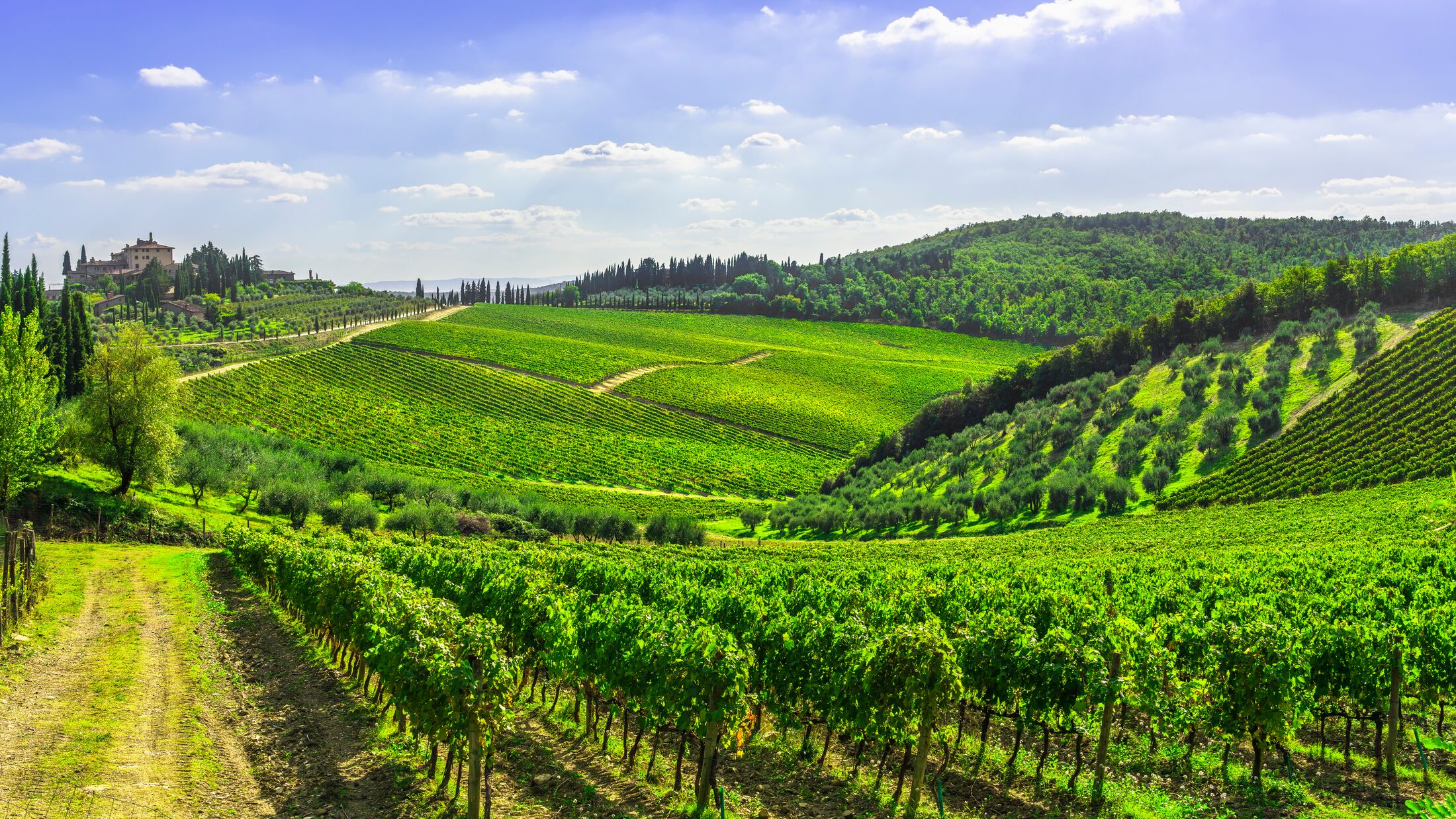The Legend of Gallo Nero
While all Chianti’s regions provide quality wines, bottles produced in the Chianti Classico zone are considered to be the most magnificent, and since 1924, the
gallo nero (black rooster) seal has been a historic mark that guarantees the authenticity and quality of a bottle from this region.
The reason why a black rooster represents the mark of a true Chianti Classico goes back to a 13th century legend. Two knights, one from
Florence and one from
Siena, were disputing over land and they agreed that they would mark out their territories when the roosters sang at dawn. Before the day of this duel, the Florentines kept a black rooster in a box without food, so it crowed much earlier than dawn, which meant the Florentine knight left earlier and was able to claim most of the land right up to the walls of Siena.
The Popularity
Chianti has attracted esteemed figures through the centuries. The renowned 15th century Renaissance sculptor Michelangelo purchased several land plots and houses in Chianti, even making his own wine. The 16th century diplomat Machiavelli sought refuge here, as did the scientist astronomer Galilei. The 19th century composer Verdi was also an avid fan of Chianti wine.
Discover Chianti
Naturally, you’ll find enotecas in the tiniest of hamlets and local wine museums across Chianti, but you may be surprised to learn that a holiday here can go beyond the wine. The best way to explore this region is by car, and the Strada Statale 22 Chiantigiana is a delightfully picturesque road, sprinkled with interesting villages en route.
To truly savour the timeless appeal of Chianti Classico wines, take a private tour with Citalia, so you can fully enjoy the experience with an English-speaking driver-cum-guide! We’ll take you on the
Chiantigiana wine route, pausing at a local winery for a tasting at the cellar door, and a delicious light lunch of fresh, seasonal produce.




























